HOSTS- Jeremy Burns, Matthew Scott Phillips
TYPE- Special Topics
DURATION- 79:56
BUMPER MUSIC- "Scared Crooked" (Area 47 Music)
ANNOUNCER- Mike Cunliffe
What makes scary music scary? We can only SPOOKULATE! Join us as we examine some well known scary scores in the classic music and cinematic genres. We will discuss some reoccurring themes, such as the dreaded "Dies Irae". We will discuss reoccurring intervals, such as the minor 2nd and the tritone. Grab you pop corn and maybe don't listen all by yourself. MWAHAHAHAHAHA!!!

- In this morality play, there’s a scene that involves the devil. When they vanquish him from the room, he protests in a death growl tone. This would have been very jarring in 1151.
-The surrounding music is very droning (possibly a hurdy gurdy) and in Aeolean (or maybe Dorian).
-The melodies are very somber but still very "Gregorian" sounding.
-This scene happens at about 58:00 in the video below.











-“The Murder” (Bernard Herrmann) accents the well known shower scene.
-In 3/4, it starts off with one measure of a really high D#. Each following measure, add lower E, then lower D#, then lower E, and it just gets more psycho as more m2's and other dissonances are added.
-Initially, director Alfred Hitchcock wanted no music for this scene. But after hearing Hermann's queue along with the scene, he conceded!

-“The Theme From Jaws” (John Williams) features the same interval as Psycho.
-E and F, a minor 2nd, are played over and over again with increasing tempo.
-Director Steven Spielberg was not impressed the first time he heard this. But eventually he conceded!

-“Halloween Theme” (John Carpenter) is also a well known scary piece. It b with a simple piano line.
-In 5/4 C# and F# alternate back and forth and the C# raises to D on the 5th beat. Enter the low strings.
-Composer had no director to impress as he WAS the director!

The score for this slasher was written by composer Harry Manfred. One thing he liked to do was to silence the music, so as to relax the audience right before the jump scare as Jason (the killer) attacks. But he also had said he liked to bring the scary music in when Jason was near. This was often accompanied by the iconic "chu chu chu chu ha ha ha ha" whispers to convey an unknown force looming near by.

"Musica ricercata 2nd Movement” by Gyorgy Ligeti is another example of a slow and creepy theme on the piano. It starts in 5/4, moves to 4/4 then 6/4. So uneven times=unpredicable music. It features the minor 2nd interval we've all grown to fear. The slow, repetitive, minimalist nature leaves a lot to the mind of the listener.

-The THEREMIN, patented in 1928, made it's mark on the science fiction horror genrewith it's vibrato whistling sound. It would often herald the arrival of aliens or ghosts. Leon Theremin was doing research on measuring the density of gases by using radio waves. Instead of the standard bouncing needle to show readings, he decided to go with a device that put out a whistling sound. He noticed the pitch would rise or fall depending on his own proximity to the device. Clara Rockmore became the most widely known theremin players of that era. Another thereminist, Dr. Samual J. Hoffman would tend to wobble his hands, creating the vibrato sound which translated to creepy in Hollywood.
-The MUSIC BOX started off so innocent. But the simple child like melodies are often corrupted by the lack of tuning in older boxes. There is also a literal "winding down effect" as the box comes to a slow stop.
-The WATERPHONE is a metallic plate with prong-like spikes attached. When bowed, it delivers a shrill, metallic sound that is all but unbearable. As the video below will demonstrate, there are many creative ways the get sounds from this oddity!
-We were able to achieve some pretty horrifying sounds by running a bow across the edge of a cymbal. Sometimes, you can create unconventional sounds from everyday musical instruments.

